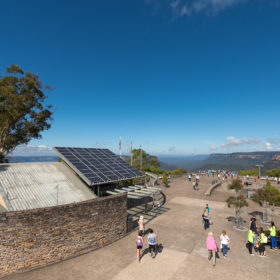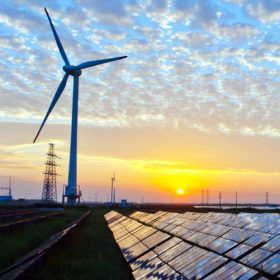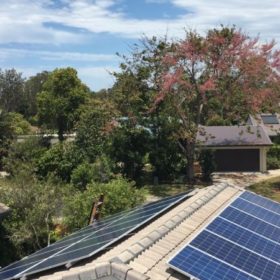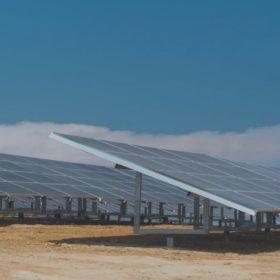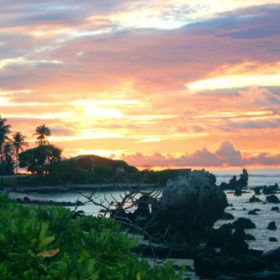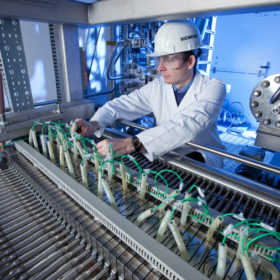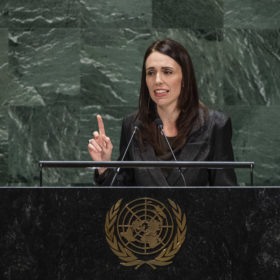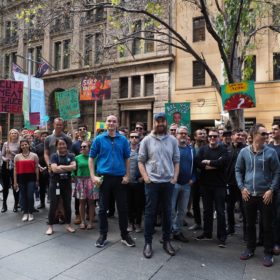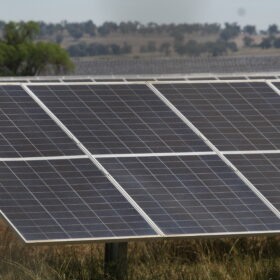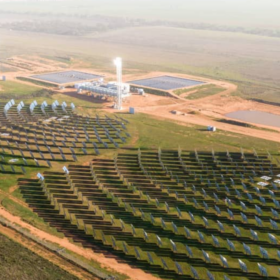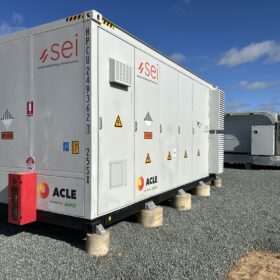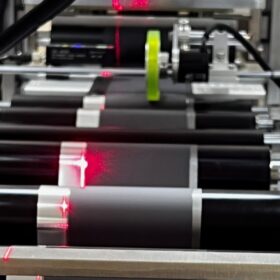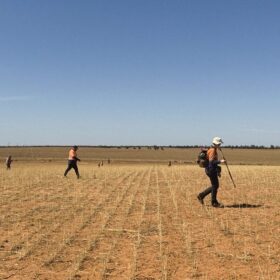Blue Mountains going carbon neutral
Blue Mountains City Council has set a firm carbon neutrality target for 2025 after getting the nod from the Three Sisters. The region is quickly becoming known for its sustainability.
Australian Capital Territory completes shift to 100% renewable electricity
Today, the Australian Capital Territory (ACT) has switched to 100% renewable electricity as it started purchasing clean power from the last stage of South Australia’s Hornsdale Wind Farm.
Queensland’s Solar for Rentals scheme off to a slow start
The lights are on for Queensland’s Solar for Renters program, but nobody’s home. In a state where solar should be selling faster than hotcakes, landlords and tenants are slow to take up the government’s solar rebate.
Uptake of small-scale solar in mining sector continues
The Boonanarring Mineral Sands Project in the North Perth Basin is set to receive a behind-the-meter installation to complement its existing grid-connected power supply. The project is the first significant investment by Climate Capital after its first-round capital raise 18-months ago.
Solar-plus-storage to provide all the daytime electric needs of nation state
A 6 MW solar plant and 5 MW/2.5 MWh storage system are set to increase the share of renewable electricity on the Pacific island of Nauru from 3% to 47%. The $27 million project is being supported by the Asian Development Bank (ADB).
Two major ammonia plants powered by green hydrogen planned for Queensland
As part of a broader push to develop a domestic hydrogen industry, the Australian Renewable Energy Agency (ARENA) is providing $2.9 million for two studies into using solar and wind-powered hydrogen for ammonia. Both project are located in Queensland and presently use natural gas as feedstock.
New Zealand leading five-nation climate trade agreement in world’s first
New Zealand begins negotiations with four other small nations on trade agreement to remove tariffs on environmental goods, such as solar PV, and eliminate fossil fuel subsidies. The deal would be a world’s first, and another example of the confidence boost New Zealand enjoys during the Rugby World Cup.
Cannon-Brookes set to help fund 10 GW NT megaproject
Australian tech billionaire Mike Cannon-Brookes, co-founder of Atlassian Corp, has used the sidelines of the United Nations Climate Action Summit in New York to announce plans to help fund the ambitious 10 GW, $20 billion, Sun Cable Project in the Northern Territory (NT).
Finkel’s CCS persistence spreads us too thin
Australia’s chief scientist Dr Alan Finkel continues to voice his support for some modicum of Carbon Capture and Storage (CCS) in Australia’s hydrogen future, providing a lifeline to fossil fuel producers. While Finkel’s argument holds some water, it holds nowhere near enough water to produce a hydrogen economy.
Australia joins solar powered space race
The Australian Space Agency (ASA) has joined the next generation, or rather this generation, space race, between the U.S. and China. A $150 million investment from the Morrison Government into the ASA will see Australia partner with NASA on its next sustainable exploratory missions.
